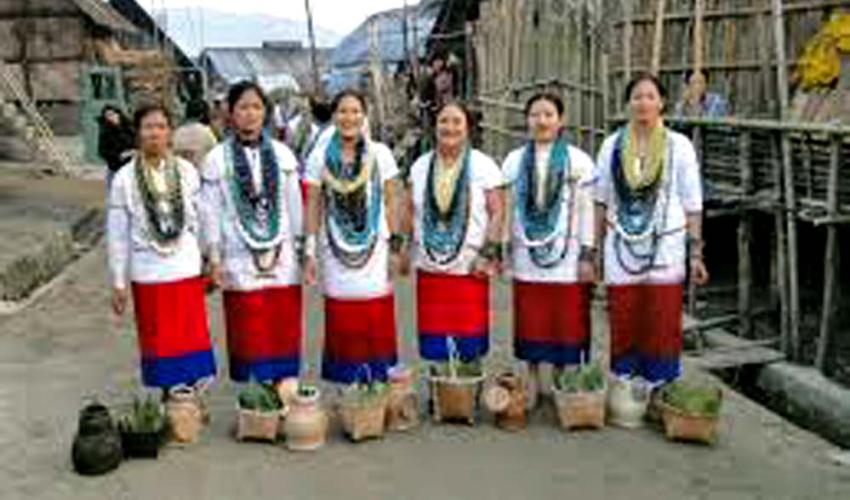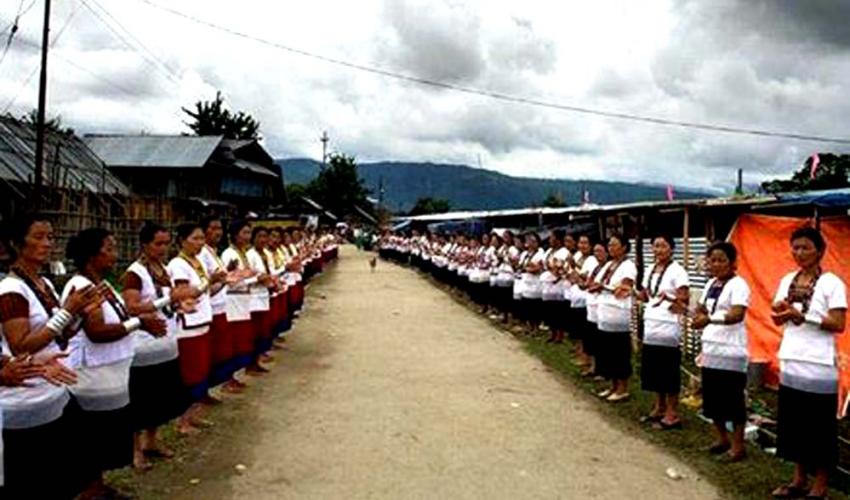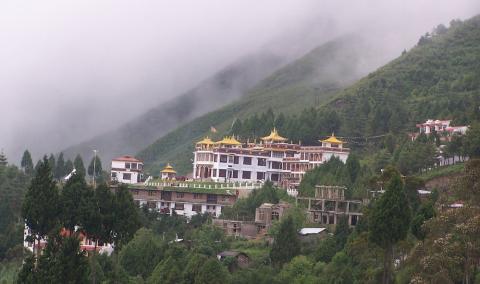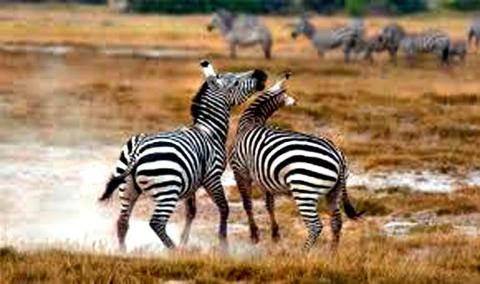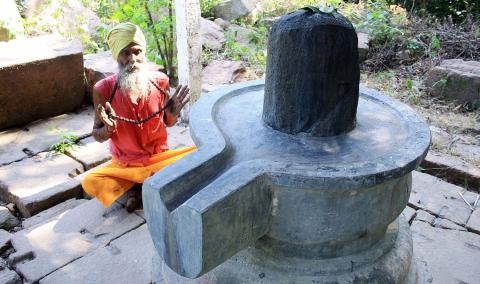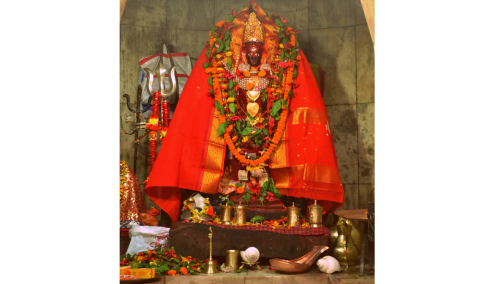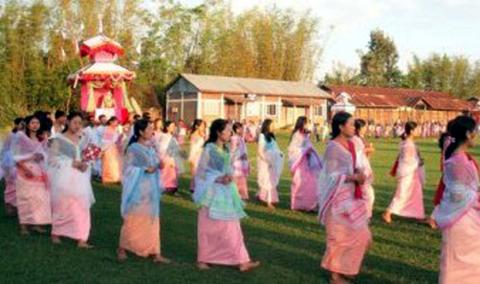Festivals are like window panes in Arunachal Pradesh to catch the glimpses of its rich traditions and cultures belonging to the various tribal groups. Since the land of the rising sun is an abode over 150 tribes, the culture is no less charming and diversified. Not even a single month is allowed to pass without a festive occasion in the frontier state. The Apatanis are proud of their Myoko festival. The annual spring festival fetches fresh lease of life to the workaholic tribal group atop the blue hills of the north eastern state.
The spring festival, primarily, deals with the fertility of the fields where pigs are scarified early in the morning to appease the gods and goddess. This is followed by a prayer by the priest which continues for a couple of days. Then dressed in traditional attires, the newly married women throng the venue and sprinkle rice flour and rice beer on the pigs.
Then chickens are sacrificed on an alter chanting the prayers. Some of the pigs are brought for a special ritual where the priests would cut open their bellies and rip their hearts. The Apatanis call it a festival of purification and sacrifice which would help them prosper. Then the young brides start singing and dancing where men display their aerial prowess. The best place to visit to enjoy the festival is Ziro in the month of March where the Apatanis, mostly, reside. These people have two sub groups namely Diibo-Hija and Hari-Bulla who share the equal joy and merriment.
The most striking feature of the festival is the shaman of a traditional haircut and clothes where the eggs symbolize fertility. The animist community worship the sun (Donyi) and moon (Polo).
Traditional fervours grip these people on the second day where each clan in the village collects pigs to be sacrificed. Shamans are deployed to recite prayers and the women sprinkle flour and rice beer on the animals.
The animals are shown in the huts of the owners to be sacrificed. The festival is celebrated in a cyclic manner by forming three groups of villages. The first group comprises Hong village alone while the second group consists of Hari and Bulla. The third and final group comprise Hija, Dutta, Mudang-Tage, Michi and Bamin.
Myoko Festival
Location
